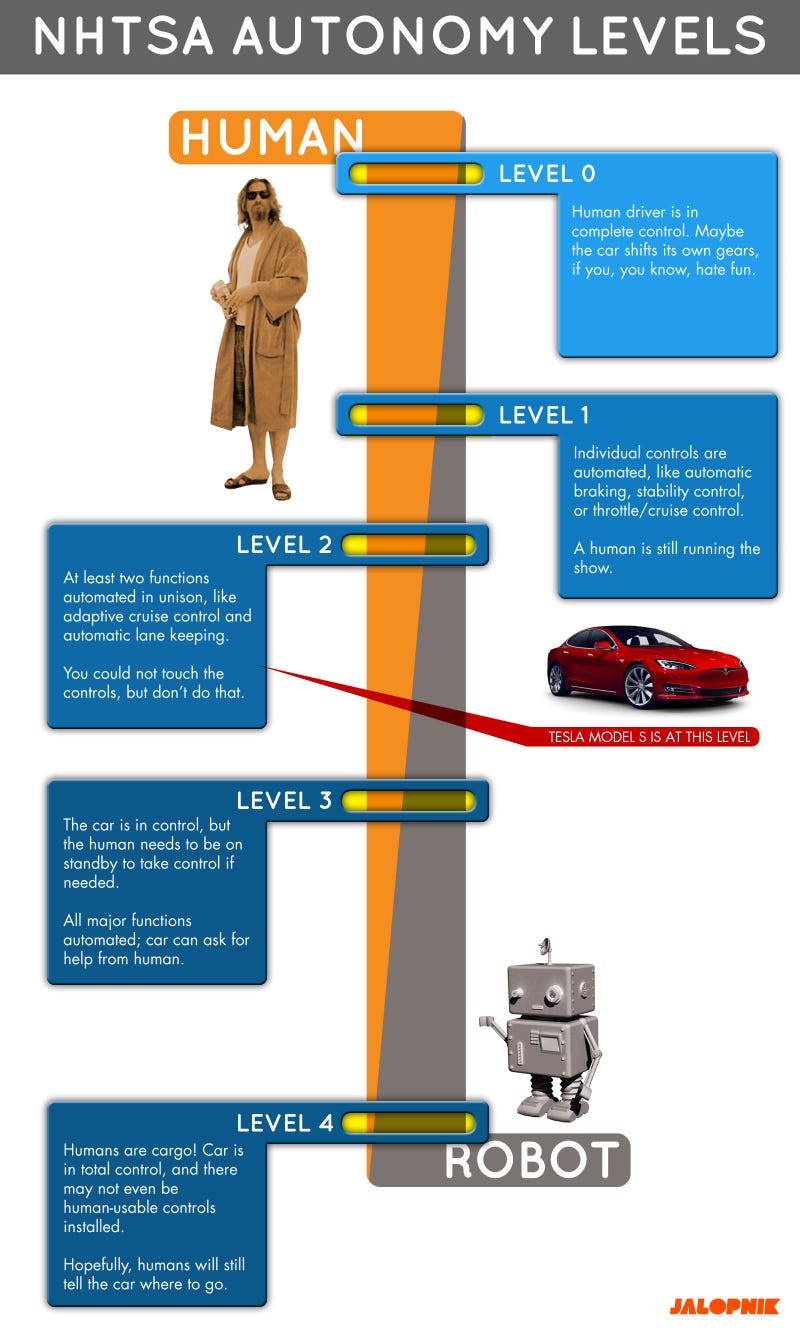In mutual authentication, both the server as well as the client have digital certificates and authenticate each other. If both the server and client are using CA signed certificates, then everything would work OOTB and there would be no need to import any certificates. This is because, both the server and client default trust stores would have the root certificates of most CAs.
But during testing and in lower environments, teams often use self-signed certificates. To enable mutual authentication using self-signed certificates, we have 2 options.
- Peer-2-Peer: Create a client certificate for each agent. Import this cert into the trust store of the server.
- Root cert derived client certifications: Create a client root certificate and using this root certificate, create/derive client certs for each agent. Then you just have to import the client root certificate into the server trust store ( and not of all the agents).
The following links are a good read for implementing the above.

